Why is wheat feeling the heat?
By Darcy Ingram
07th December, 2022
Given the challenges faced by farmers throughout this growing season, the recent decline in grain values is perhaps more unwelcome and perplexing than ever. Growers in NSW and Victoria have endured the wettest Spring on record, wiping out significant portions of crop and adding further issues to an already stretched supply chain and work force. Burdened by sky-high input costs, farmers were looking for grain prices to hold at their peaks in order to try and achieve a more justifiable return for their difficult year. Unfortunately, an increase in harvest activity across the East coast has coincided with a drop in most commodity values. So, is this simply harvest pressure or is there more at play?
The general consensus throughout the year was that Australian growers were going into this harvest considerably undersold in comparison to crop forecasts. The reluctance to forward sell too much, or anything, was understandable given the production concerns that were building with every additional rain event. The risk however, was that it left a significant amount of grain that could potentially look to enter the market in a short period of time should we see a clear run of harvest weather. This is certainly being realised now with cash bids getting strong engagement as grain hits the bins. In a normal year we would expect that by mid-November there would be a comfortable supply of grain available to exporters and domestic consumers to start filling boats and making up feed rations. As we know, this year is far from normal and delays have meant that those relying on early harvest tonnes have been left scrambling, reluctantly elevating values where necessary to make sure they’re not missing out on what’s available. These nearby shorts are now seemingly getting more comfortable and if headers keep rolling, confidence will build that given the size of the crop, supply could potentially overtake demand making long-term pricing less certain.
A surprising aspect of this harvest, particularly further north, has been the better-than-expected grain quality. Though certainly not all great, receivals of malt barley and APW1/H2 wheat caught many off-guard in a market priced for a greater scarcity. Milling grade wheat values have taken this revelation the hardest with ASX futures and cash values tumbling in recent weeks. This a partially due to perceived confidence that the overall quality of the crop may not be as bad as first thought but also that given the original forecast, outside of our domestic requirements, demand is down with exporters reluctant to make too many early sales of high protein wheat instead opting for feed grades. One positive aspect of these quality surprises is that stockfeed quality wheat prices have managed to hold reasonably strong despite plenty of weather impacted grain from what would usually be milling quality producing regions. Coupled with a sizeable carry-over from last year the expectation remains that we likely have enough to meet our nearby export requirements and will therefore need to battle it out with global corn exporters to continue to build on the shipping stem in to the later part of the year. Plenty still to play out with harvest a long way from finished, this market is sure to see a few more twists and turns before it’s all said and done.
It is a market mover...
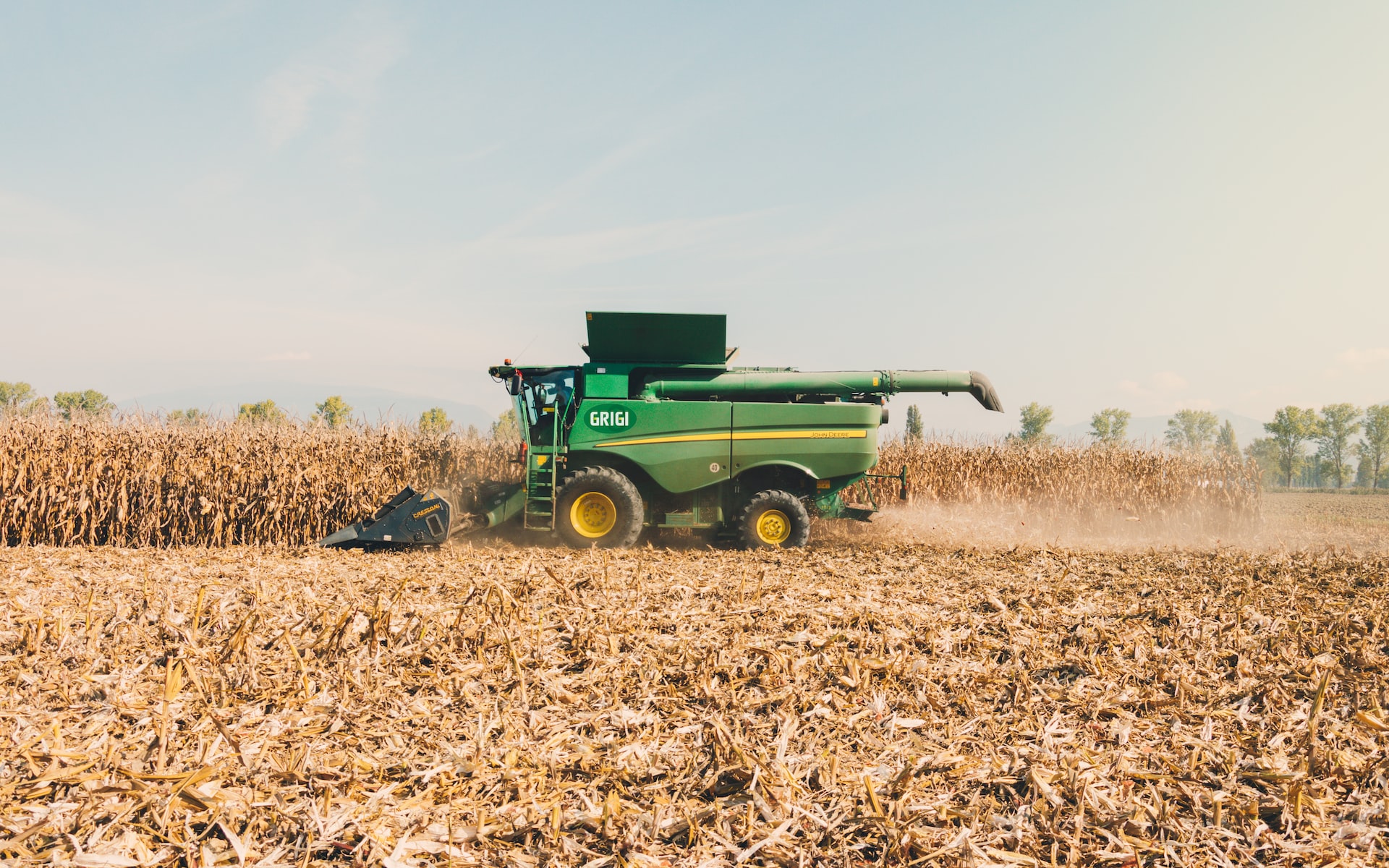
Harvest 2022 continues to throw up its fair share of challenges however pleasingly, some parts of the state were able...
Read MoreIt's a market mover...
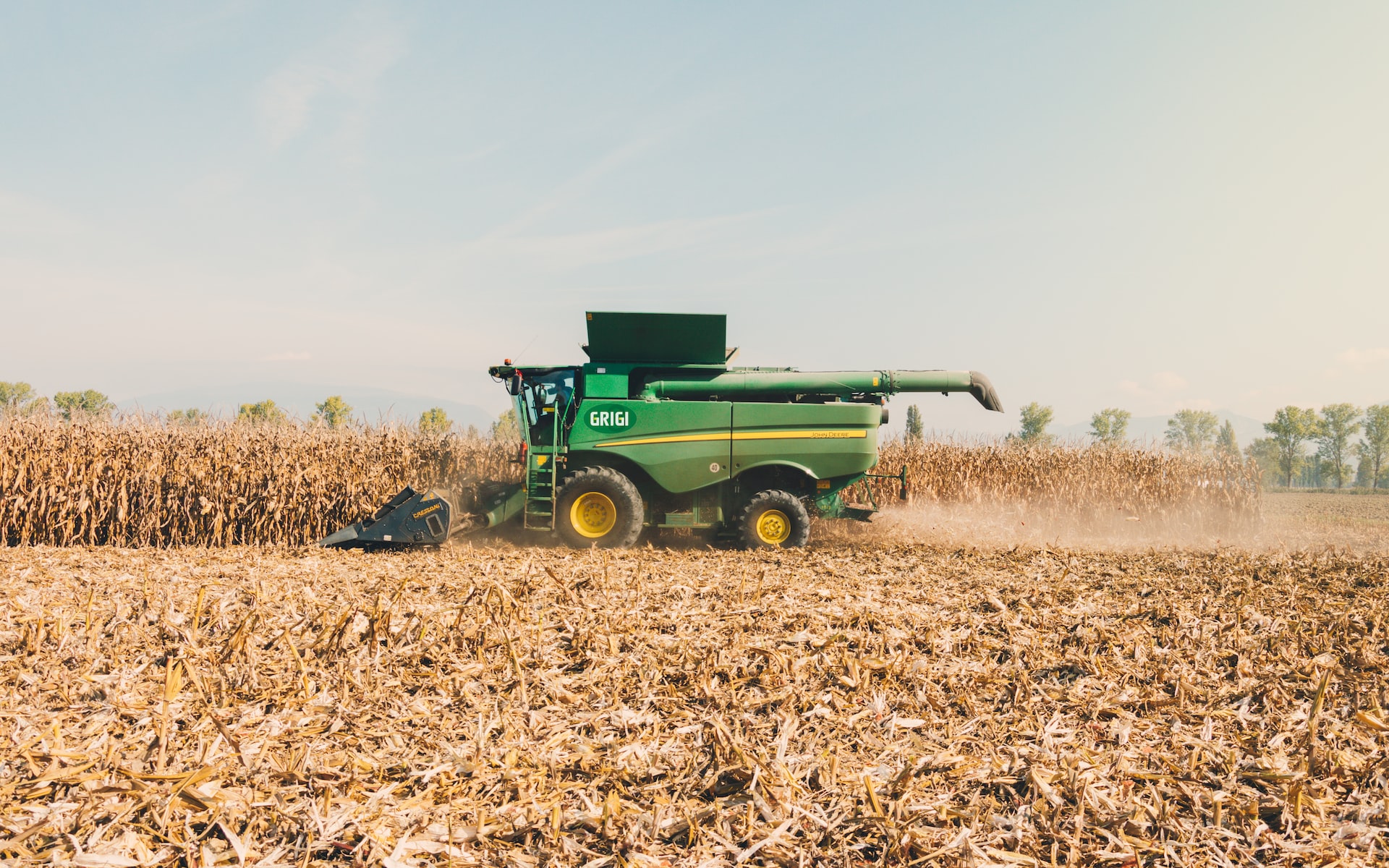
Harvest 2022 continues to throw up its fair share of challenges however pleasingly, some parts of the state were able...
Read MoreThis Ain't Our First Steeplechase
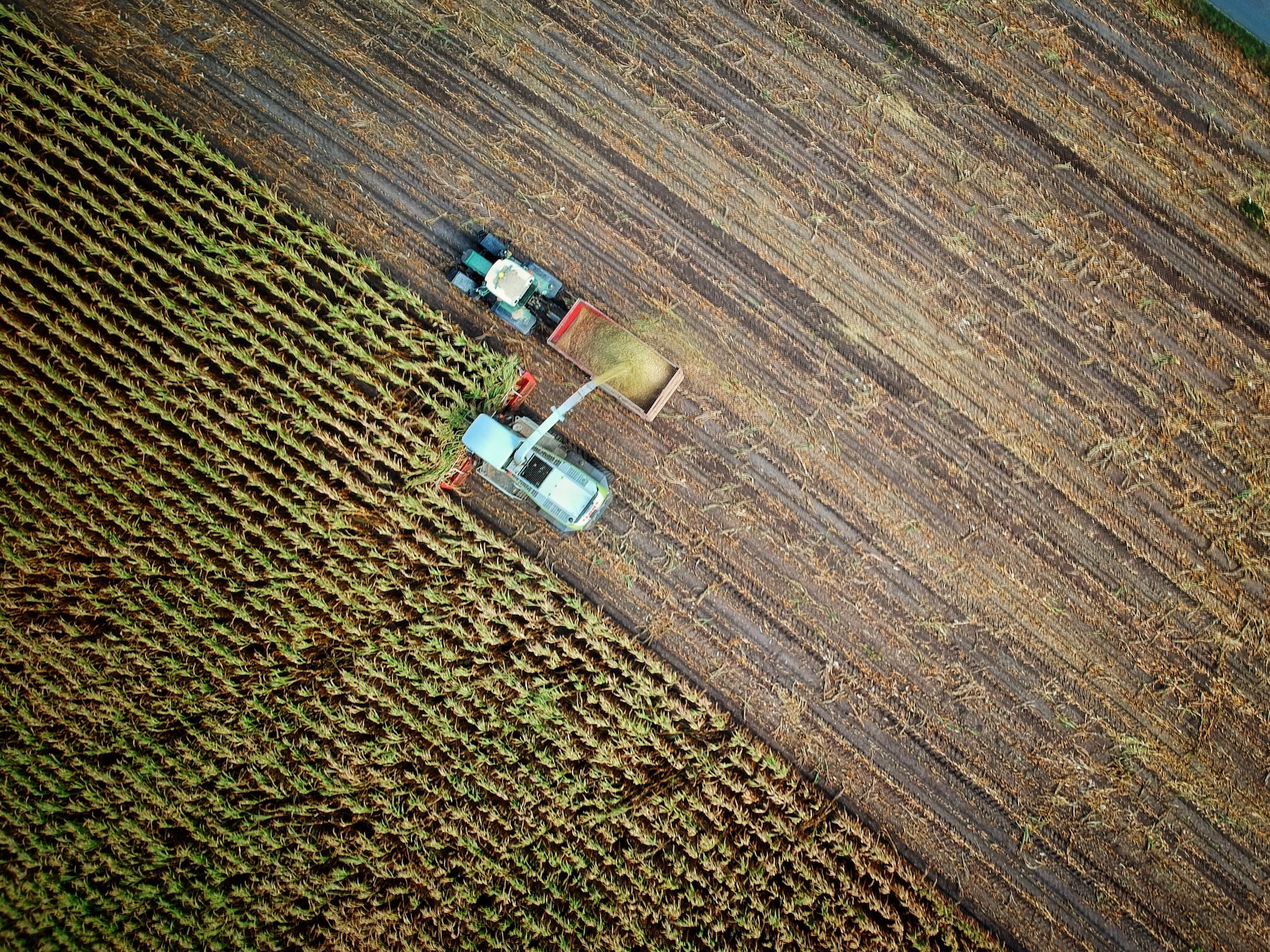
Whilst our Central Queensland counterparts are rounding the home stretch of their winter crop harvest....
Read MoreWA Market Wrap
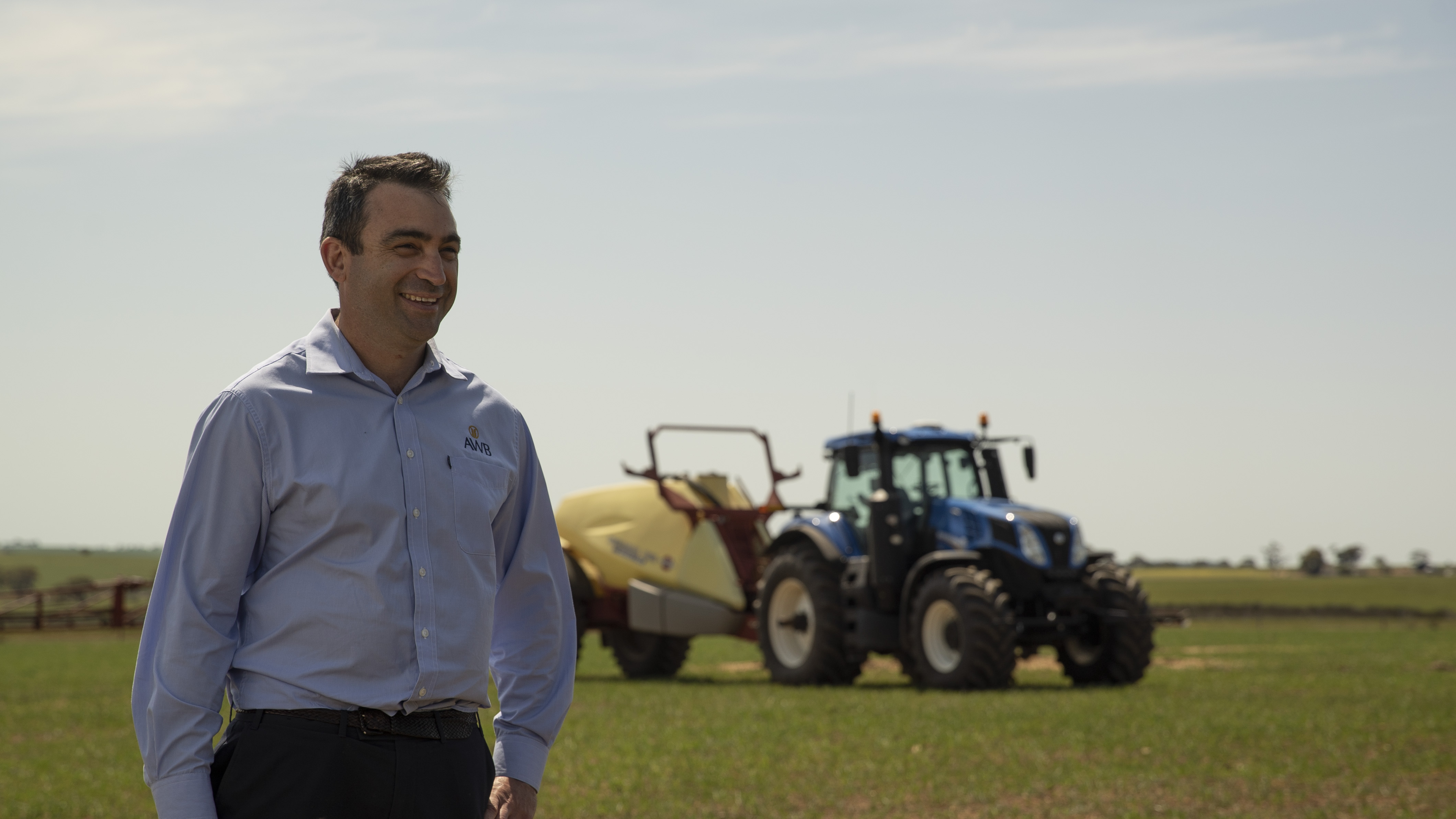
Forecast total grain production is WA this season is likely to be around 24 million tonnes...
Read MoreHarvest set to be a drawn-out affair
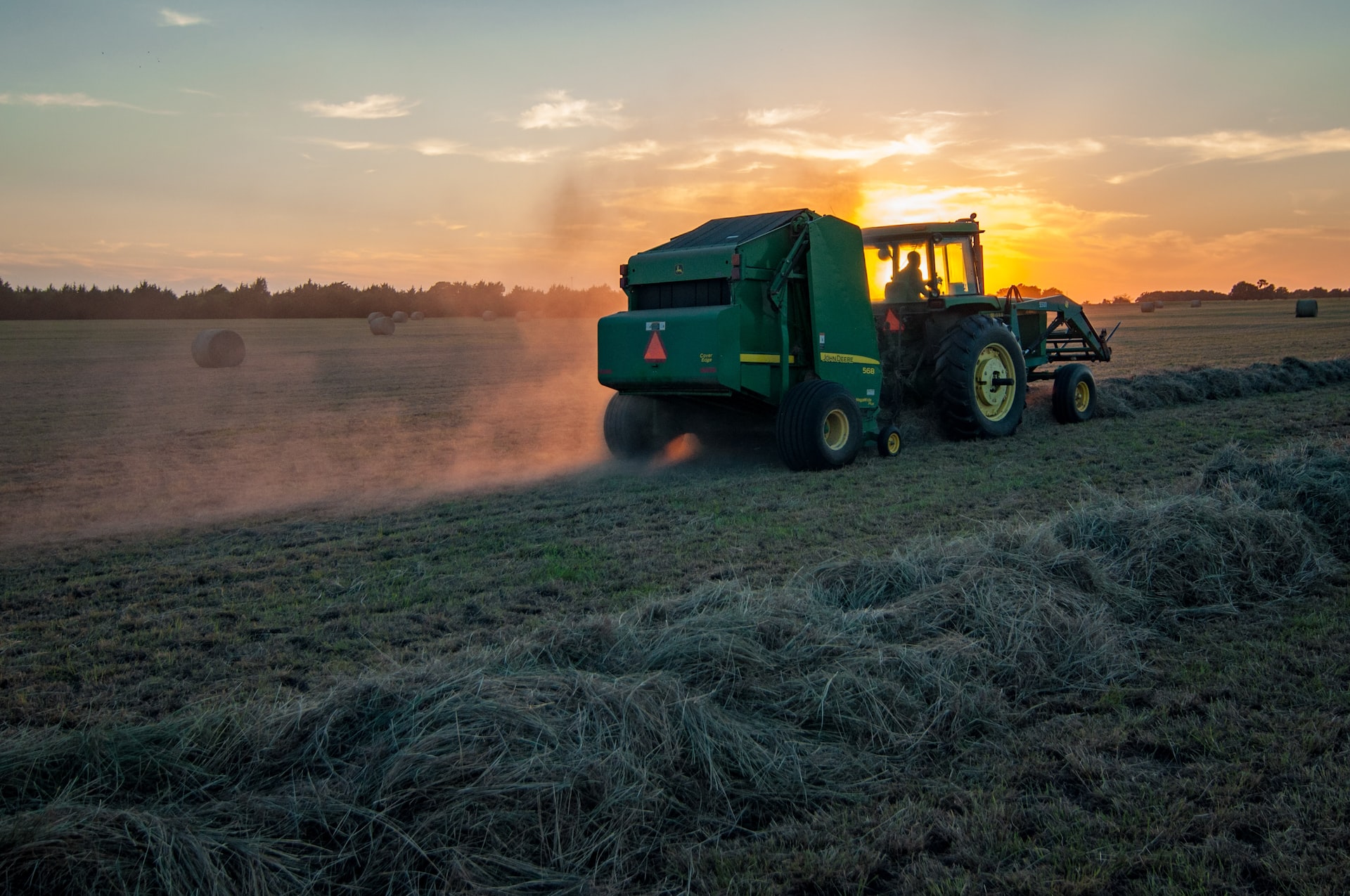
After some significant weather challenges on the east coast of Australia, growers have managed to make some progress on harvest 2022/23...
Read MoreBlack Sea tensions in the headlines again

Contrasting headlines appeared over the weekend with the positive news including sunny skies in contrast to the Black Sea Grain initiative...
Read MoreRain delays and quality concerns
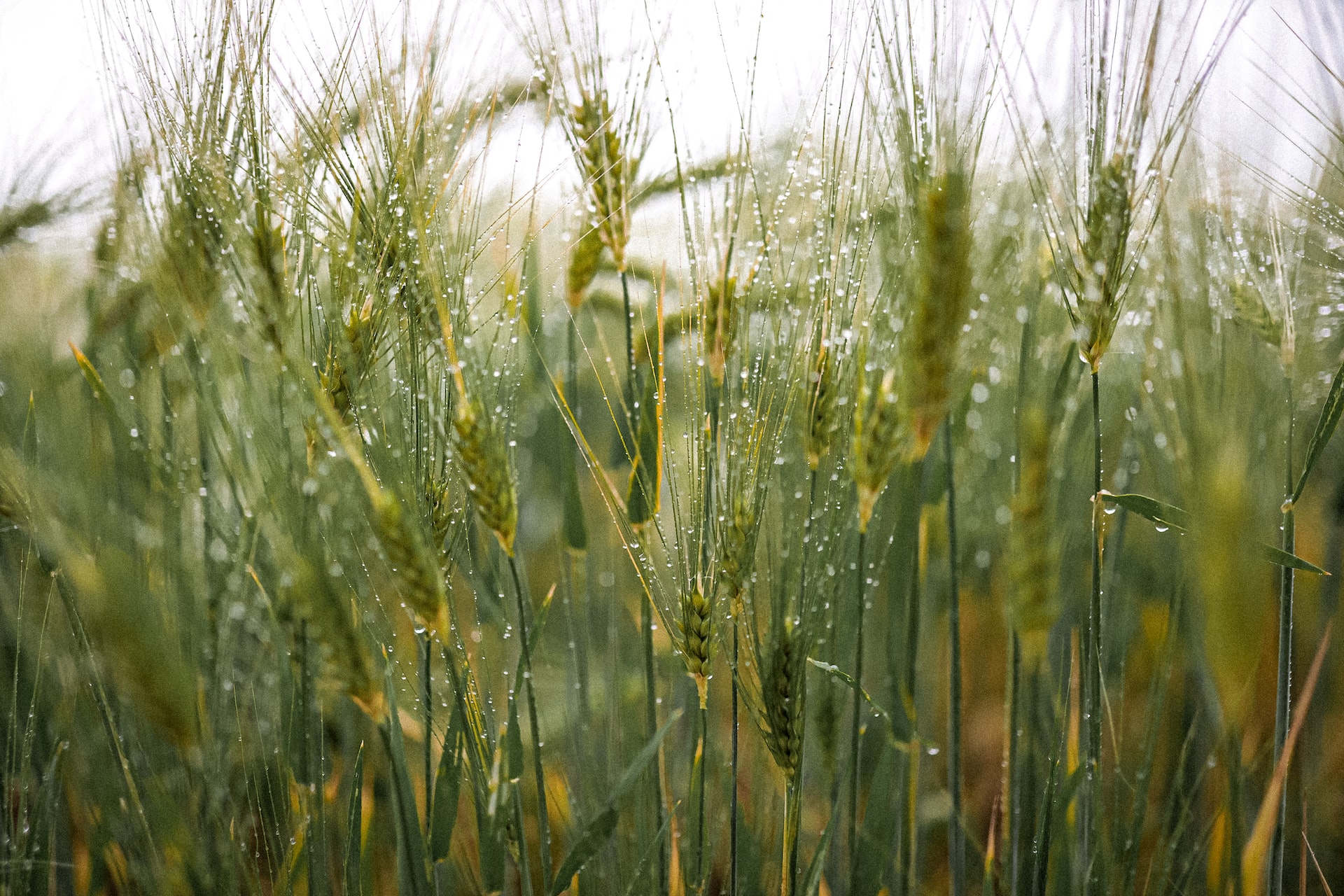
The east coast of Australia has endured another brutal week on the weather front, with El Nino seemingly increasing in ferocity in its third consecutive season.
Read MoreFinding the value in grain price volatility

Since late February this year when the situation in the Black Sea region escalated, global agricultural markets have been trading with such strength and volatility that even those most experienced have found themselves scratching their heads trying to figure out how to best participate, if at all, without getting their heads taken off in the wild swings...
Read MoreHarvest is here
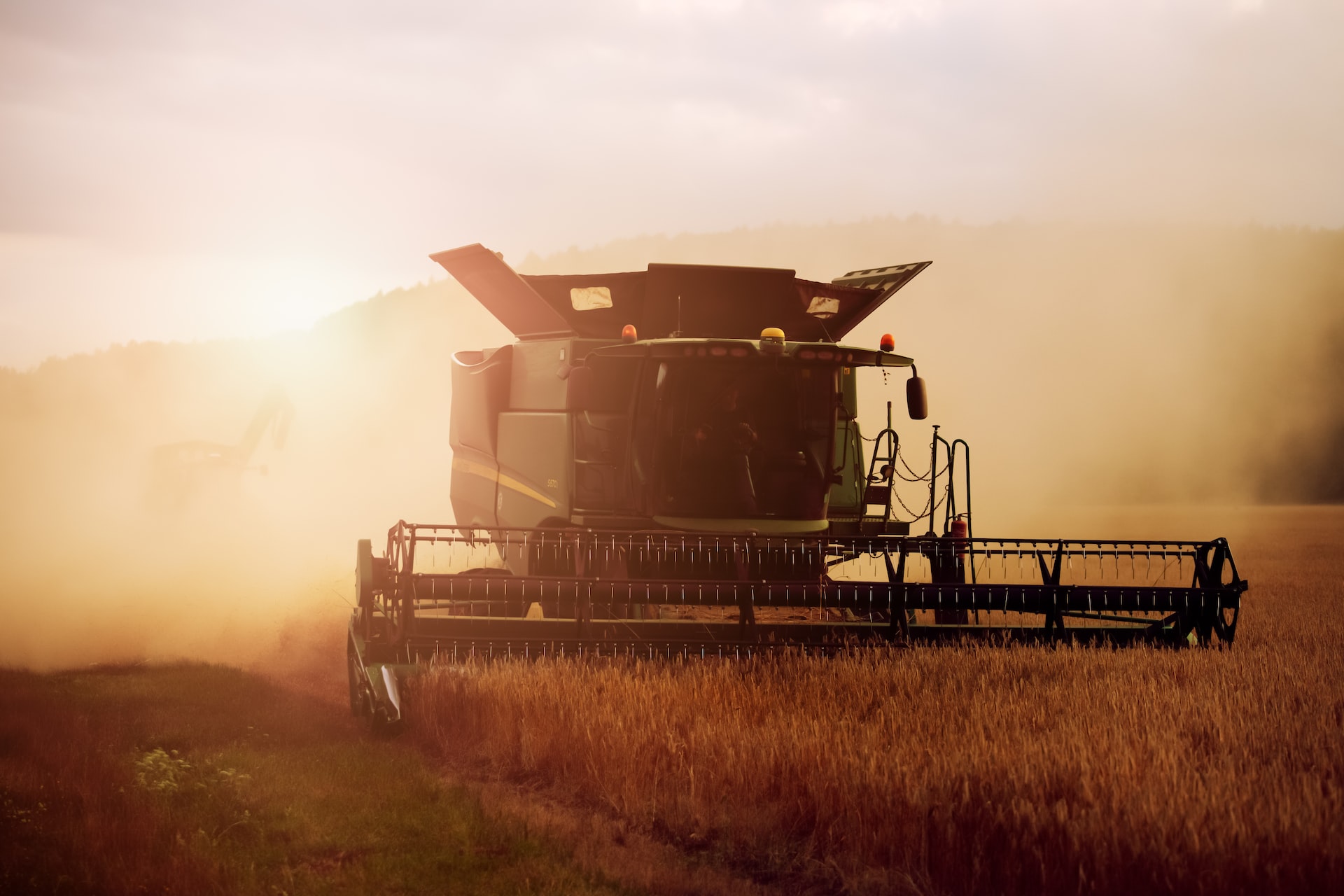
Australia's 22/23 winter crop harvest is officially underway on the east coast with the first headers rolling in Central Queensland and although an exciting time for most, this year's harvest is sure to pose significant challenges to all participants...
Read More